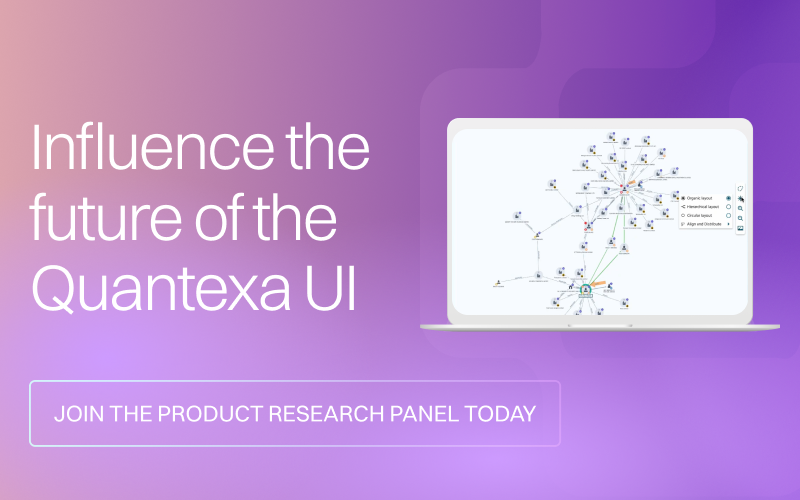 Quantexa Team
Quantexa TeamTransforming Risk and Compliance with Perpetual KYC: Entity Resolution as the Secret Ingredient
In recent years, how to transform Know Your Customer (KYC) processes has been a hot topic of discussion. There is a growing interest in finding ways to reduce costs whilst maintaining a strong awareness of customer risk and a stellar customer experience. Advanced solutions have emerged in in the form of perpetual or event-based KYC (pKYC), which involve continuously monitoring key KYC information to maintain an up-to-date customer profile between periodic reviews. Perpetual KYC can provide a more accurate view of customer risk as it evolves and reduce the workload of periodic refreshes. Many financial institutions are currently in the midst of transforming or considering ways to change to a more manageable and reliable KYC process. However, the transition is not so straightforward. There are many ways to approach the problem and institutions often still ponder whether perpetual KYC can be achieved and whether it really makes KYC and due diligence more effective.
So, how can institutions ensure they are building the most advanced technical foundations critical for detecting and managing change events and maximizing their transformation to pKYC?
Cutting through the noise
When considering a change to an event-driven KYC model, first-line operational teams must feel comfortable with managing the imminent backlog of data-driven triggers, bearing in mind that they will lead to substantial efficiency gains versus existing periodic processes. Inasmuch as many financial institutions leverage multiple data sources within their KYC processes, it can feel overwhelming to consider the continuous or accelerated monitoring of such sources for KYC. This is why the right technology is critical for understanding the data changes that are relevant to the customer base and the changes that are really meaningful.
Some institutions can detect around one million changes per day just in external data. However, effectively cutting through the noise begins with the ability to resolve different data sources together with the customer records to ensure that only changes relevant to the customer base advance. Additionally, properly understanding the data and automatically determining meaningful data changes contributes greatly to reducing the noise in the pKYC process. For example, without proper entity resolution capabilities, a format change for an address could be considered a trigger event to be processed, but in reality, it is the same address that can be suppressed or pushed for a straight-through update.
Prioritizing effectively
After targeting relevant and meaningful changes, the next step, when possible, is to automatically assign the appropriate treatment for consequential events. To define the materiality, bank logic driven from policies and procedures is applied to inspect the change and determine if it is a material change that requires analyst actions or can be processed straight-through into the customer record. Using entity resolution creates a holistic view around the customer and facilitates a clearer understanding of whether multiple material or non-material changes are happening. It also helps to create a holistic view of a specific trigger by resolving against other data points and exposing additional information and connections which can help with risk identification and treatment efficiency. For example, the previously detected new address can be defined as a non-material change based on the low-risk nature of the country it is registered to; though when linked to other data points, it reveals connections with riskier indicators such as businesses flagged for tax evasion. Risk scoring can then be applied to the event and the customer network to optimize the treatment routing and operational action required.
Making the leap to pKYC
By taking a systematic approach - applying entity resolution, network analysis, materiality and risk scoring -organizations can confidently detect relevant events and more effectively coordinate the most appropriate treatment. This reduces the amount of work for analysts by focusing their time on material and risky changes that require a judgment decision whilst leveraging a much more up-to-date view of the client and the risk they pose.
In conclusion, moving to a perpetual or event-based KYC process is more than just building technology to continuously look for a new piece of information from corporate registry data providers. It requires employing the most advanced technologies at the foundation of the process. When done well, it is helping financial institutions drive a sustainable transformation of their KYC operations. By leveraging entity resolution, organizations will bolster the groundwork of the process and maximize the longstanding benefits of perpetual KYC.
Don't miss our short Fireside Chat session addressing some fundamental questions about the importance of ER as part of a pKYC transformation.
What do you believe are other core ingredients for a successful pKYC transformation?
